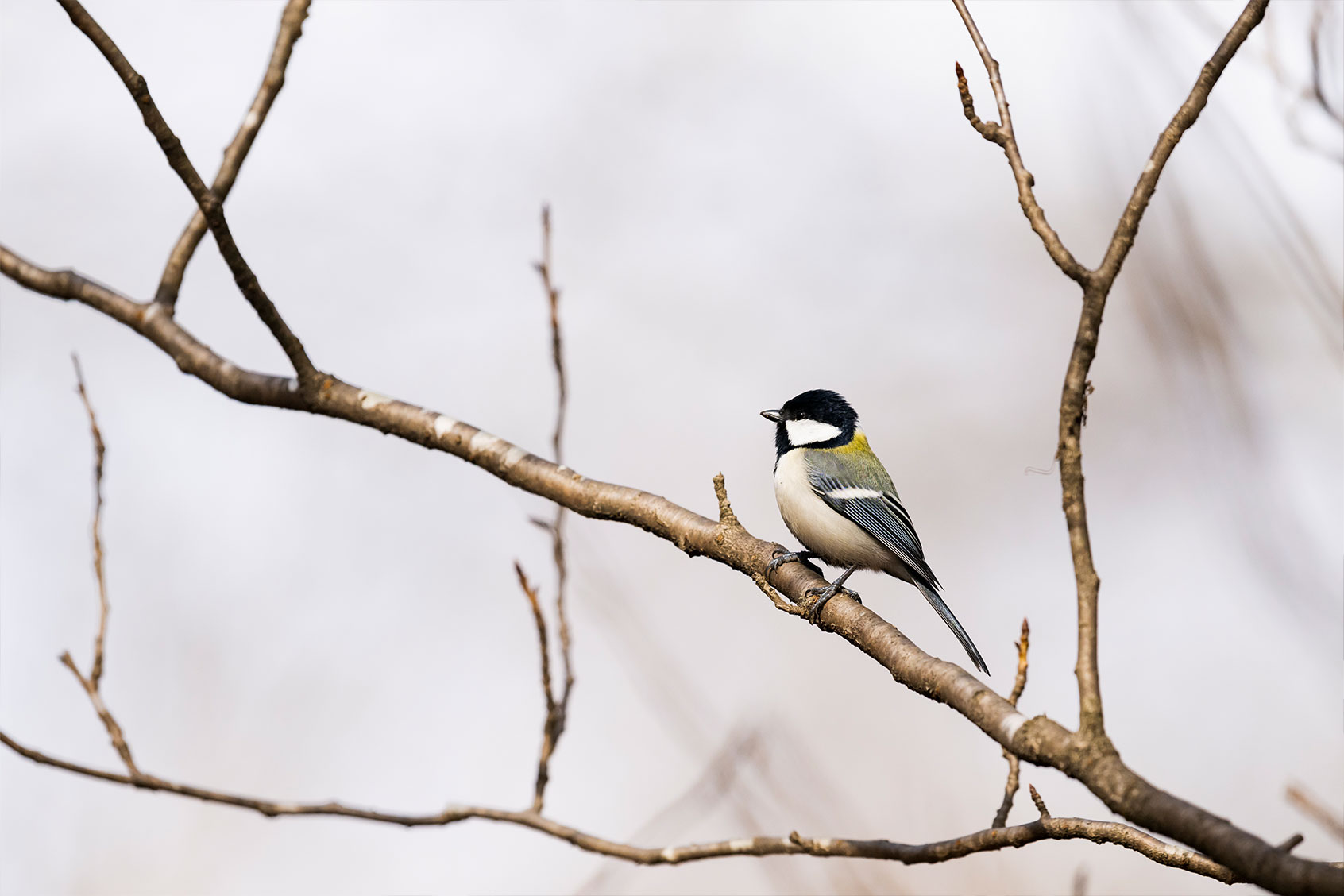Birds never cease to amaze observers with their versatile intelligence. Flying birds experience time and space in radically different ways than humans; urban birds like pigeons adapted with remarkable ease to the COVID-19 pandemic; and even the supposedly stupid turkeys can survive in a wide range of habitats and endlessly frustrate hunters with their cleverness.
Now researchers report in the journal Current Biology that Japanese tits (Parus minor), which is socially monogamous, gesture to their comrades with their wings in order to communicate. They will make an "after you" gesture, indicating to its mated partners they should enter a nest first. While some forms of gesticulation occur to point out objects (so-called deictic gestures), the Japanese tits' gesticulation was a symbolic gesture. This means that the gesture was intended to communicate a specific message, such as a human waving goodbye, which requires a bit more cognitive function to pull off. To prove this, they observed over 320 nest visits and noticed the birds only gestured when their mates were around, essentially saying "after you." This research challenges previously-held assumptions that only humans and great apes make gestures.
"Our findings encourage further research on animal gestures, which may help in understanding the evolution of complex communication, including language," the authors write. One of the study's co-authors, University of Tokyo animal behavior professor Toshitaka Suzuki, elaborated in a press statement about why birds and humans may share this ability to communicate with their appendages.
“There is a hypothesis that walking on two legs allowed humans to maintain an upright posture, freeing up their hands for greater mobility, which in turn contributed to the evolution of gestures," Suzuki said. "Similarly, when birds perch on branches, their wings become free, which we think may facilitate the development of gestural communication."

